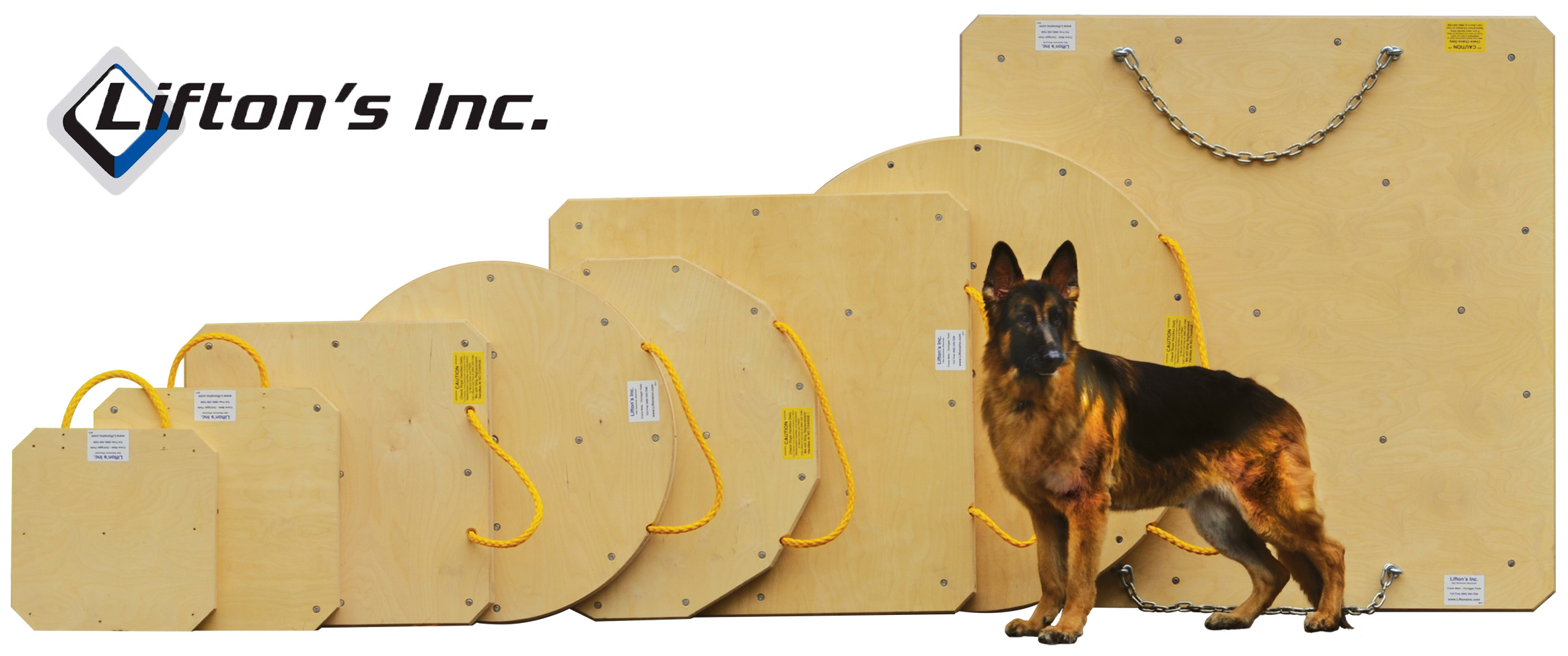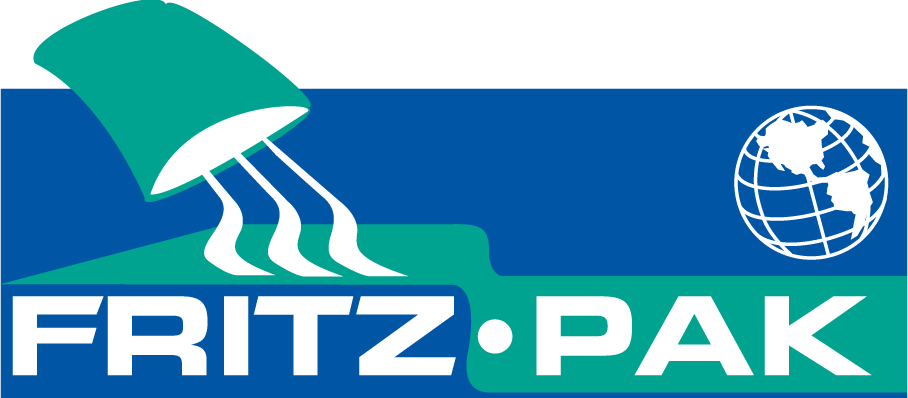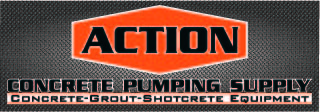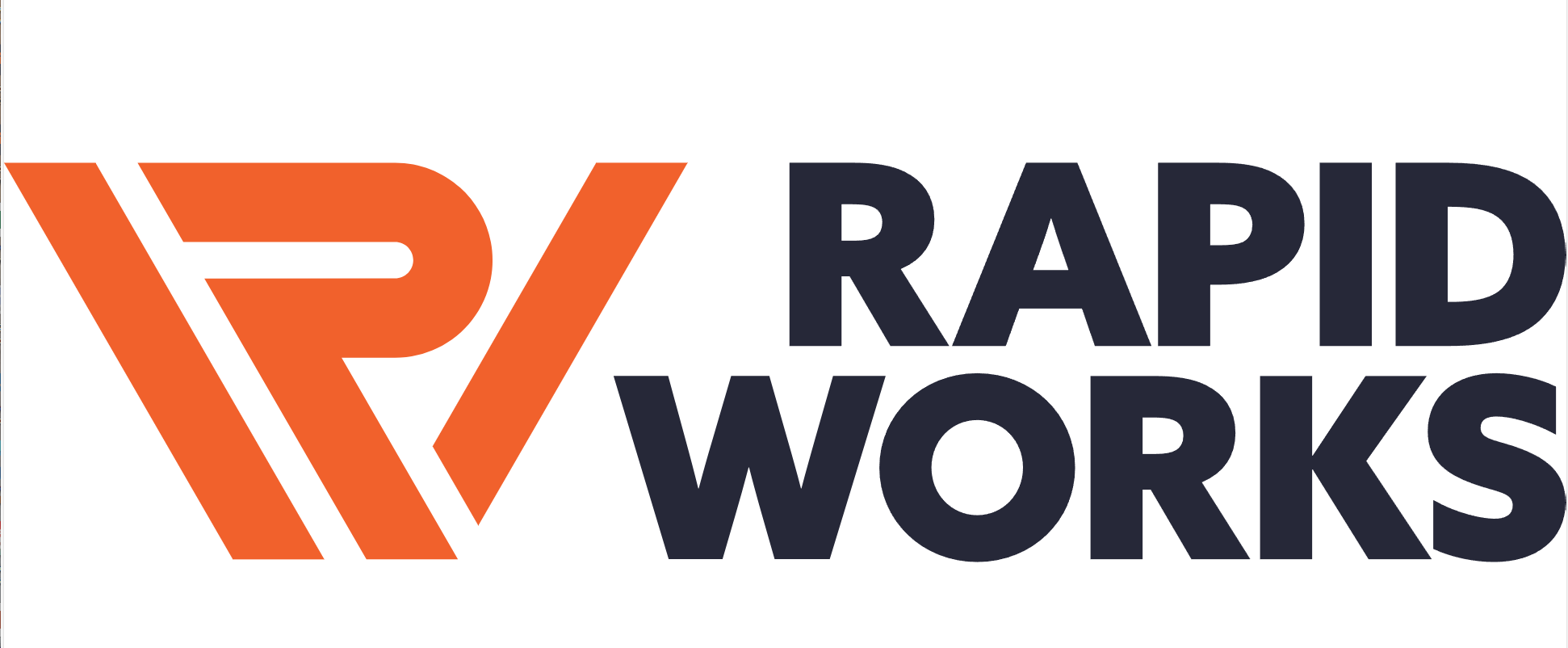| Todd | 08-04-2015 | comment profile send pm notify |
|
07/29/2015
The country’s largest concrete pumping company is riding high. After a rocky few years, Brundage-Bone Concrete Pumping—headquartered in Denver with offices in 16 states—is projecting to wrap up 2015 with $135 million in revenue. That’s a healthy comeback after the firm’s annual receipts dropped from $220 million in 2007 to $80 million in 2011 at the height of the recession, says Bruce Young, the firm’s president and CEO. He says that Brundage leads the nation’s concrete pumping firms in technology, customer service and safety—and those elements are the key to its growth. “We determined what we can do better than other concrete pumping companies using our technical expertise and wide range of specialized equipment, and we’re growing organically by over 10% each year,” Young says. The firm’s growth strategy is focused on expanding its current markets while pursuing greenfield opportunities and acquisitions. Large projects currently underway include the new Westin Hotel at Denver International Airport, where it is working with a Mortenson/Hunt/Saunders tri- venture; Marina Heights for State Farm Insurance in Temple, Ariz., with Ryan Cos.; and Block 19 for Amazon in Seattle with Sellen Construction Co. At the time of the pour, Block 19 held what is thought to be the largest mass concrete pour in the state of Washington: 13,000 cu yd of concrete placed for the foundation of a 45-story office building. Bouncing Back Los Angeles-based equity firm Peninsula Pacific Strategic Partners LLC acquired Brundage late last year in a $171-million deal that completed its return from bankruptcy. The company and its subsidiary, JLS Concrete Pumping, filed for Chapter 11 protection in 2010 when it hit a tough patch during the recession that sent its liabilities to more than $230 million, according to court records. That forced a significant restructuring of the business over the next few years, and this summer, Brundage hired Gary Bernardez as its new chief operating officer. He was formerly the senior vice president of global services for Fluor Corp., Irving, Texas, and also had been president of Fluor’s AMECO integrated equipment unit. Now a month into the job, Bernardez says, “I’ve gotten to know the Peninsula guys very well, and one of the biggest advantages is having an owner interested in growing the business. They’re righting the ship; they understand how to most effectively and profitably move forward.” The Brundage footprint has been key to this comeback. A vast national reach means being able to mobilize large-scale fleets of equipment in a short period of time. “We’re the largest concrete pumping and placement company in the U.S. by three or four times. We have the national footprint to gear up and serve customers in multiple markets, so they get consistency of service and pricing,” Bernardez says. “The real takeoff for us is the commercial market,” says John Hudek, Brundage’s chief financial officer. “In Denver and Seattle, we see a lot of mixed-use—retail on the ground floor with apartments or condos above. In other areas, commercial might consist more of warehouses and owner-occupied buildings.” On the technical side, he adds, “we emphasize what we can do for our customers. For example, we have boom pumps where the boom can be detached from the truck and mounted on the forming system for the core wall of the building. The pumping unit on the truck can then be used to pump through a pipeline to the boom to place concrete in the core wall. Not many [concrete pumping firms] have this equipment or the technical know-how to work with it on a big project.” But while Brundage has a large number and variety of pumps, “it goes far beyond that,” notes John Pole, field operations manager for the Denver office of Mortenson Construction, a longtime Brundage client. “The skill and work ethic of their operators, their training in getting the pumps set up well and their understanding of the project makes them experts in their field. The equipment and the skill of their operators make them our choice year after year and job after job.” On the Westin Hotel project at DIA, the placement of two elevators and stair cores required pumping more than 100 cu yd of concrete per hour, 500 ft horizontally and 300 ft vertically, with four different locations for the booms. “Another whole skill set in itself,” Pole says. “The logistics and complexity of the job—coordinating the layout—is a real science, and this comes from a lot of training and experience.” Brundage is also currently working with Mortenson to construct the University of Colorado’s new indoor athletics practice facility in Boulder. Back to Basics “We’re a different company than we were before the turn- around,” Hudek says. We have a very different philosophy, and it centers on servicing our customers.” “One of the things Brundage did coming out of the recession was to focus on going back to basics by running the business efficiently, focusing on serving the client and being efficient with assets,” Bernardez says. Brundage likes to get involved with customers at the preplanning stage of a job and help them see how the firm’s systems fit with the customer’s needs. The company was recently involved with a contractor up to a year before field mobilization on a large, complex project, helping with constructibility reviews to determine the most cost- effective way to pump the concrete. Looking ahead, Brundage intends to maintain a strong foothold in its traditional markets while expanding in Northern California and leveraging its presence in Atlanta to become a bigger player in the Southeast. “We’re being extremely aggressive and organically entering new markets, where we see long-term and strategic growth,” Bernardez explains. He says that Brundage has a core team that is firing on all cylinders. “It’s one thing to survive a difficult period, and it’s another challenge to grow a business. Now we have a stronger team, and we can better address work force shortages, training, offer employees career growth and focus on regional sales strategies and our business mix between residential, commercial and infrastructure,” he adds. “At the end of the day, we know if we can make money on a project,” Hudek says. The recent flurry of mergers and acquisitions among national concrete suppliers should have little impact on the firm’s growth, executives say. “We are closely connected to many that have been affected by this both positively and negatively,” Young says. “Since we don’t purchase the concrete, the cost of cement has no immediate effect on us. “Our issue,” he adds, “is the same as everyone’s: recruiting and retaining quality help,” which is in part linked to an aging work force. As a result, Brundage has created a 45-second video that will be distributed through social media to target a younger audience of potential workers. While the firm has had some success recruiting through the military and trade schools, Young says that, like other industry firms, Brundage’s growth is limited by its ability to increase its work force. “One of the challenges in this business is not just finding the right people, but about keeping the right people,” Bernardez adds. “We’re focused on being the employer of choice in this industry, and I’m spending a significant amount of my time looking at how to attract people, keep them and allow them the opportunities that we have here to grow and make it an absolutely undeniable fact that Brundage is the best place to work in this industry.” “As your business is rapidly declining, you must hold onto people who believe in it and are able to commit to each other and to this change,” Young says. “This is key, and more than anything, that got us through the challenge.”
|
||








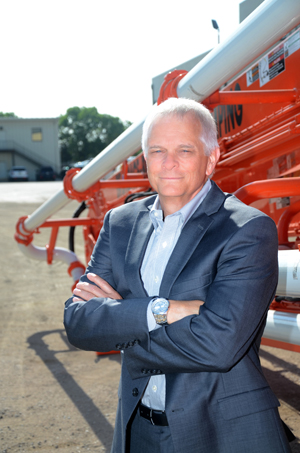


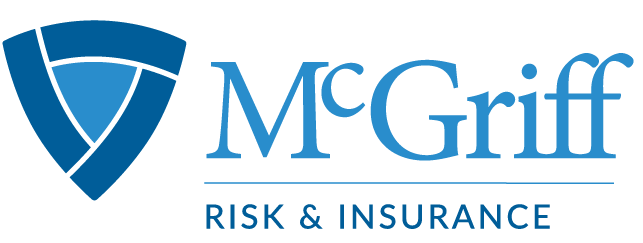
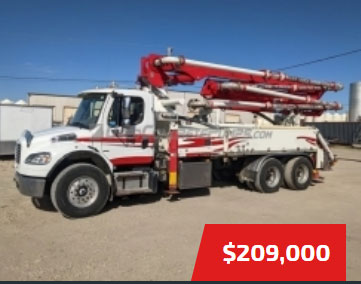

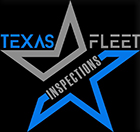


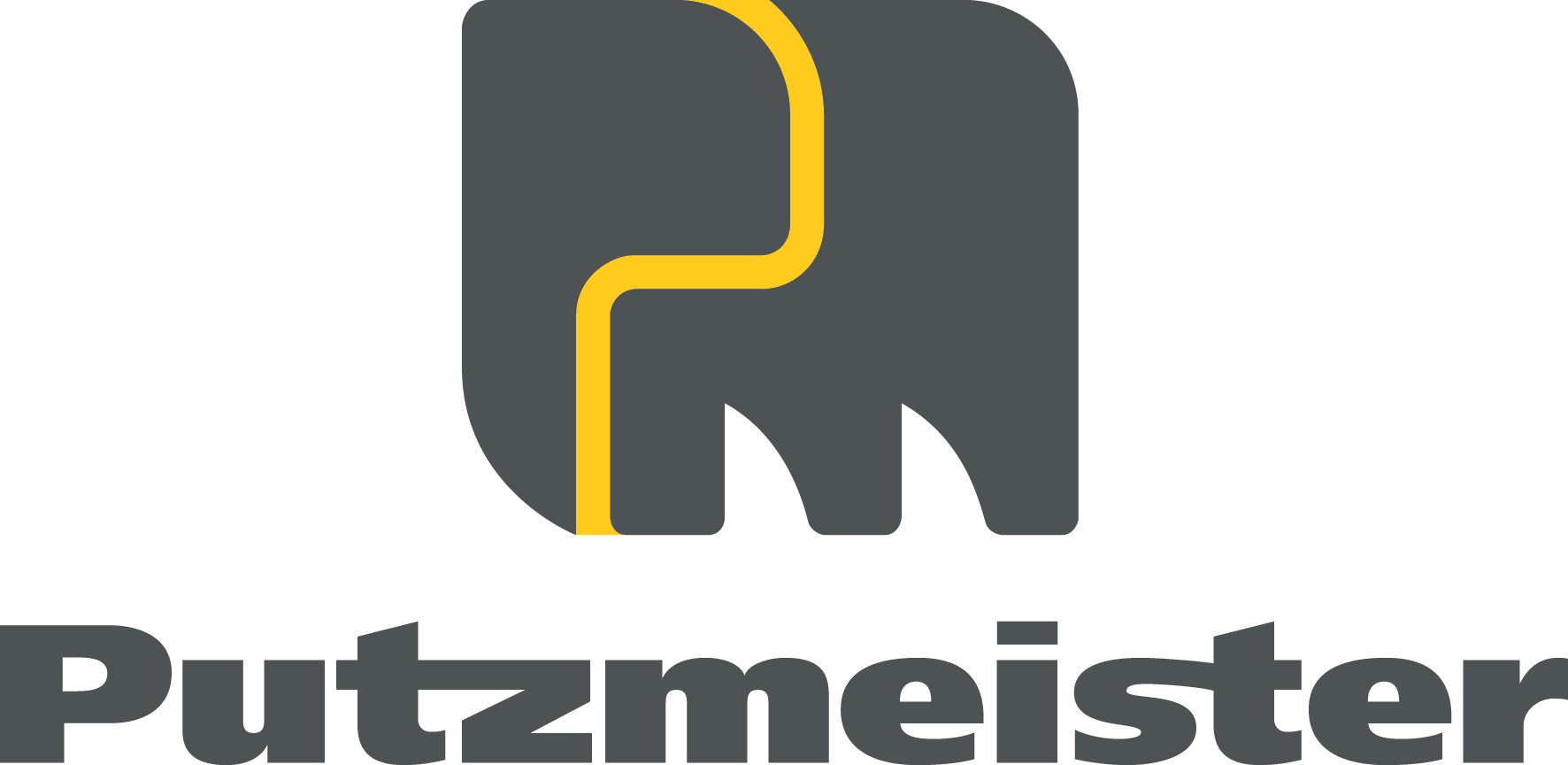



.jpg)
.gif)

.jpg)









.jpg)
